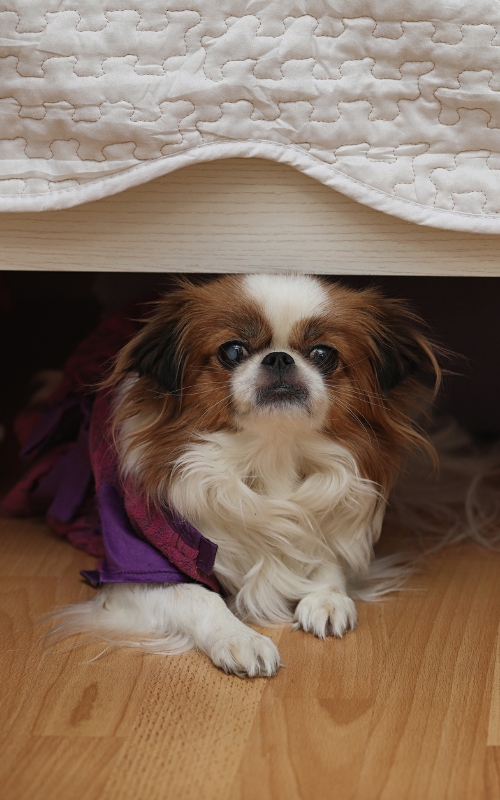Understanding Fear and Skittishness in Dogs: A Complex Issue
The Challenge of a Fearful Dog
As a dog owner, dealing with a fearful or skittish dog can be a deeply distressing experience. It’s hard to watch your dog live in fear of things that most dogs happily ignore. And it’s especially challenging when walks turn into a fear-driven ordeal or when your dog runs from friendly people.
Our Experience With Fearful and Skittish Dogs
Since 2008, we have trained nearly 5,000 dogs, a substantial number of whom were fearful or skittish. We have worked with thousands of people just like you, helping transform their anxious, fearful dogs into calm, confident companions.
Identifying The Causes of Fear and Skittishness
Fear is a natural response that keeps dogs safe from danger. However, when fear extends to everyday experiences, it points towards underlying issues. Our training approach focuses on identifying the root causes of these behaviors. We strive to correct the problematic behaviors and eliminate their causes for lasting improvements.
Tailoring Our Approach To Your Needs
Each dog and owner is unique, so our training is customized to fit your lifestyle and your dog’s personality. We aim to build a relationship of respect and trust between you and your dog, rather than one based on fear. To understand your specific situation better, we start with a free in-home consultation.
The Risks of Living With a Fearful Dog
Fearful dogs can sometimes act irrationally due to perceived dangers, putting themselves at risk. Furthermore, the stress of dealing with fear and skittishness can lead to health issues in dogs. In an attempt to manage these behaviors, some owners may resort to medications, which can often lead to harmful side effects.
Building a Calm and Trusting Companion
Our goal is to help your dog become a relaxed and happy companion who trusts in your ability to keep them safe. This transformation allows your dog to enjoy life to the fullest. As a result, your walks can once again become enjoyable experiences, without the constant worry of your dog being spooked.
Schedule Your In-Home Consultation
Join us in creating a happier and healthier life for your fearful or skittish dog.
Opening Hours
M-Sa: 10am - 7pm
Address
1111 Central Ave., Charlotte, NC 28204
Phone
844 864 3647


